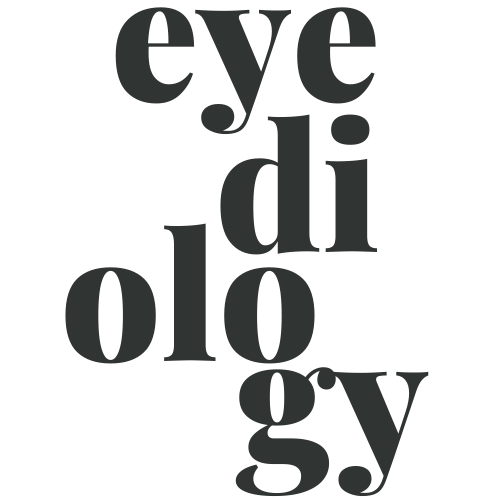Laser Eye Surgery
LASIK and IntraLASE
LASIK eye surgery is a procedure designed around reshaping the cornea of the eye. The theory behind the practice is that with the proper application of laser surgery, less than perfect vision can be enhanced. Laser-Assisted In Situ Keratomileusis (LASIK) is utilized in an effort to limit or remove the necessity of other eye enhancement such as contacts lenses and glasses.
The actual procedure can be performed on either one or both eyes. They can operate on both eyes on the same day, one on a given day and then the other on another day, or only one eye might need correcting. When the surgeon begins the procedure he or she will place anesthetic drops into the eyes of the patient. The usage of a specialized eye clip is also common as it prevents the patient from blinking during the surgery. The vision of the eye being operated on will be completely impaired except for the small possibility of seeing a red or green light.
A microkeratome or laser keratome (IntraLase) will come into play once the anaesthesia has taken effect on the patient; used to create a flap on the cornea, under which the cornea will be reshaped. Either way the device will be used to create a thin incision in the cornea so that a flap of it can be pulled back to allow a computer controlled laser to shape the cornea beneath this flap. Generally speaking it roughly takes thirty seconds to remove the exact amount of a patient’s cornea to meet the needs of the surgery.
Once the cornea has been reshaped in accordance with the designated specifications of the procedure, the flap will be placed back into its former position where it will then rebond with the cornea in only a few minutes. There will be no need for stitches and the surgeon will place antibacterial eye drops into the patient’s eyes to prevent infection.
To be eligible to receive LASIK surgery there are a few requirements. Some of those requirements vary between countries and within regions of those countries. In the United States, for instance, some states allow the surgery as early as age eighteen while others require the patient to be a minimum of twenty-one years old. Beyond the age restrictions there are a few other requirements. The would-be patient’s eyes must be healthy and free of corneal scarring. Generally speaking healthy individuals with near sightedness, far sightedness or astigmatism can be candidates for LASIK.
The benefits of LASIK surgery are manifold. However, the primary benefit is the reduction of eyewear as a necessity in the patient’s life. After age forty there may still be a need for reading glasses as presbyopia, the hardening of the lens in the eye is untreatable with LASIK. There is a procedure known as monovision that can be used to correct this. In rare instances the patient may need glasses for night time driving as well.
The risks of LASIK vary between common temporary side effects and longer lasting complications. The temporary side effects include dryness of the eyes for up to a year, glare from bright lights (this may cause issues driving at night but normally does not last beyond six weeks) and there have been some instances of drooping eyelids. In the case of the drooping eyelids the problem seems to correct itself within a few weeks.
Complications can occur during or after the operation. While most people are not affected the possibility still exists that any number of complications can arise due to unexpected reactions to anaesthetics, excessive bleeding or gross incompetence. On very rare occasions there can be complications that lead to reduced visual capacity and blurred vision.
Other complications that can occur are mild to moderate scarring of the cornea and hazy vision, slight corrective issues in regards to near-sightedness. This can be under- or over-correction. In some rare instances nearsightedness can return. During the operation the cornea can occasionally be damaged. Generally this requires stitches to fix the cornea. On some occasions the flap made with the microkeratome or laser keratome might be re-positioned wrongly, be sliced too thick, or otherwise generate problems such as infection. In the rarest of occurrences vision actually becomes worse as a direct result of the surgery.
There are no actual guarantees of how much improvement the eyes will receive. The end result of the corrective LASIK surgery will depend on how well the patient’s eyes heal. Sometimes the procedure may need to be performed again to make minor adjustments. The exact risks for a given patient will be unique to them and it is a necessity that the patient thoroughly discusses each and every possible complication they might be faced with due to receiving the surgery.
There are several alternatives to LASIK surgery for interested parties. The most often chosen alternative is to simply continue wearing vision enhancing aids such as contacts lenses and glasses. Surgical alternatives for LASIK vary from those designed specifically for one type of correction such as near-sightedness. One of the more popular of these alternatives is known as PRK (photorefractive keratectomy) which works in a manner similar to LASIK but is meant for individuals with a thinner cornea.
This procedure does not include the creation of a flap in the cornea and therefore removes any possible flap related complications. However, it should be noted that corneal scarring and visual haze are higher in occurrence with this technique.


